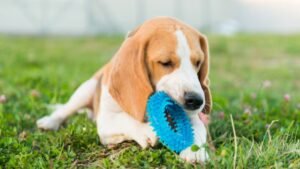





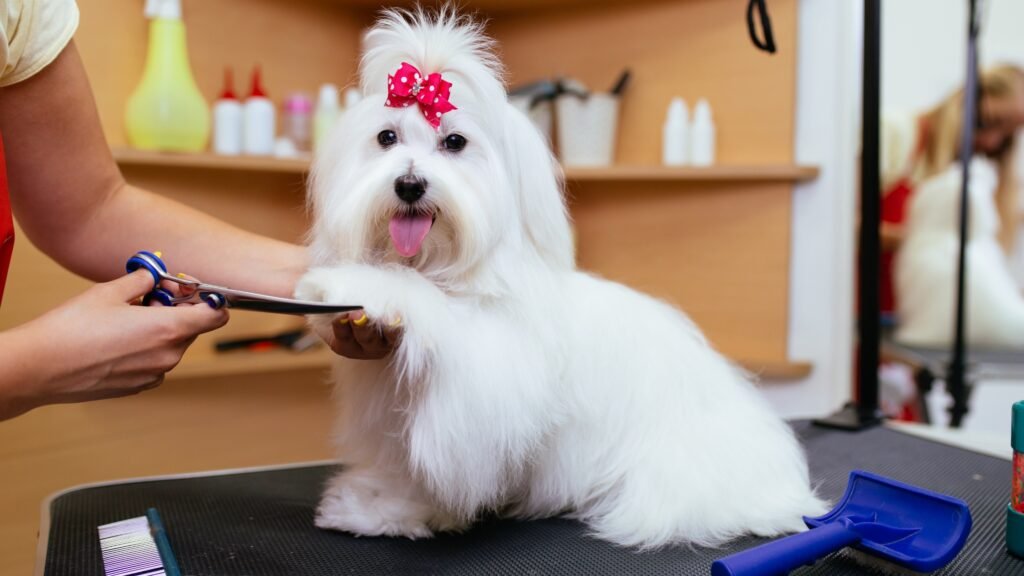
Pet Grooming Tips is more than just keeping your pet looking neat—it is an essential part of their overall health and well-being. Regular grooming helps prevent skin infections, matting, parasites, and discomfort, while also ensuring your pet remains clean, comfortable, and happy. A well-groomed pet is less likely to develop allergies, ear infections, and painful tangles that can cause stress and irritation.
To effectively groom your pet at home, it is important to have the right tools. Investing in high-quality grooming products will make the process easier and safer for both you and your furry friend. Here are some essential grooming tools every pet owner should have:
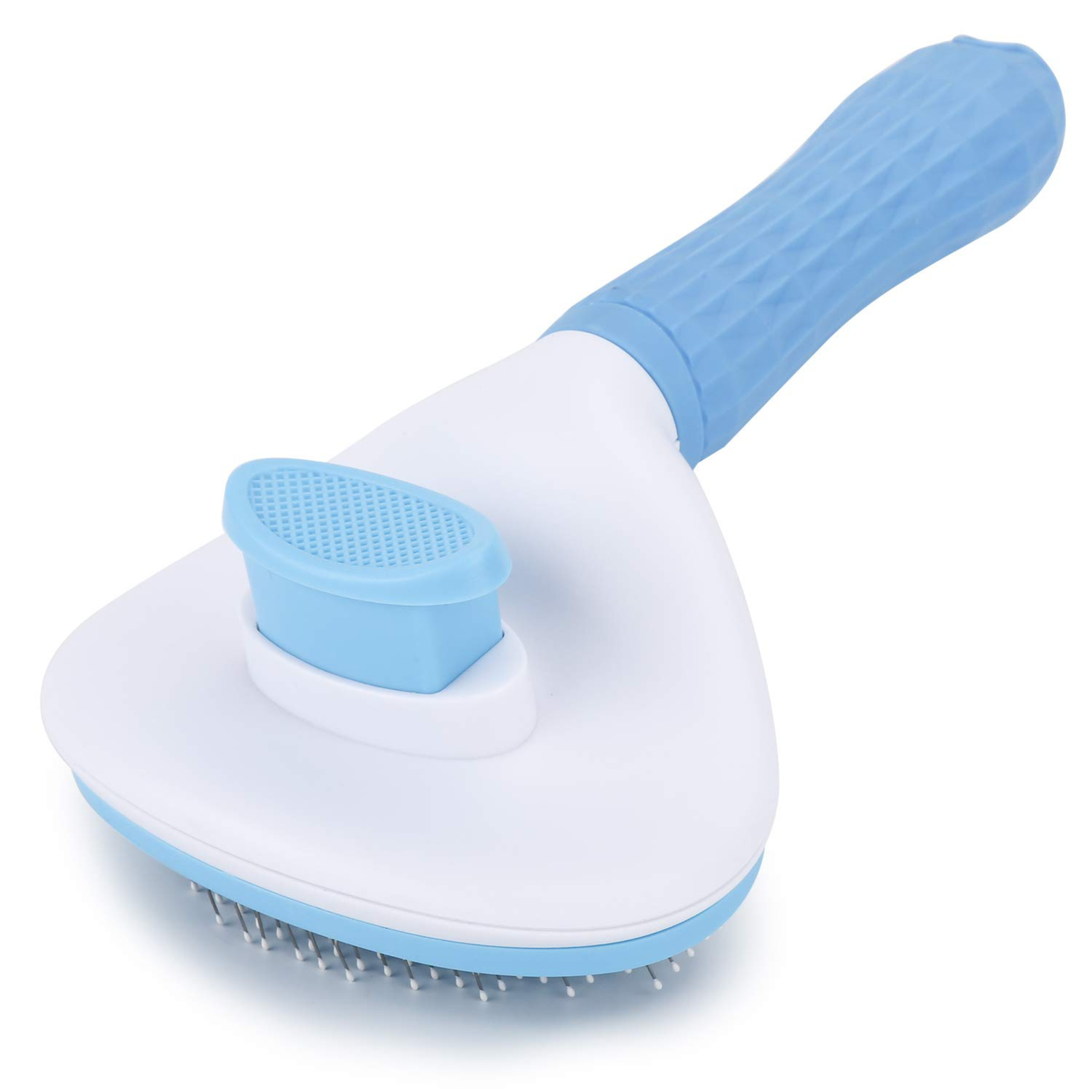
Brushing removes loose fur, dirt, and debris while distributing natural oils that keep the coat shiny and healthy. The frequency and type of brush you use depend on your pet’s breed and coat length:
Brushing also helps reduce shedding around the house and strengthens the bond between you and your pet.
Bathing frequency depends on the pet’s breed, activity level, and coat type. Overbathing can strip natural oils from the skin, causing dryness and irritation. Here are some general guidelines:
Always use lukewarm water and pet-specific shampoos. Avoid getting soap in their eyes and ears, and ensure thorough rinsing to prevent residue buildup.
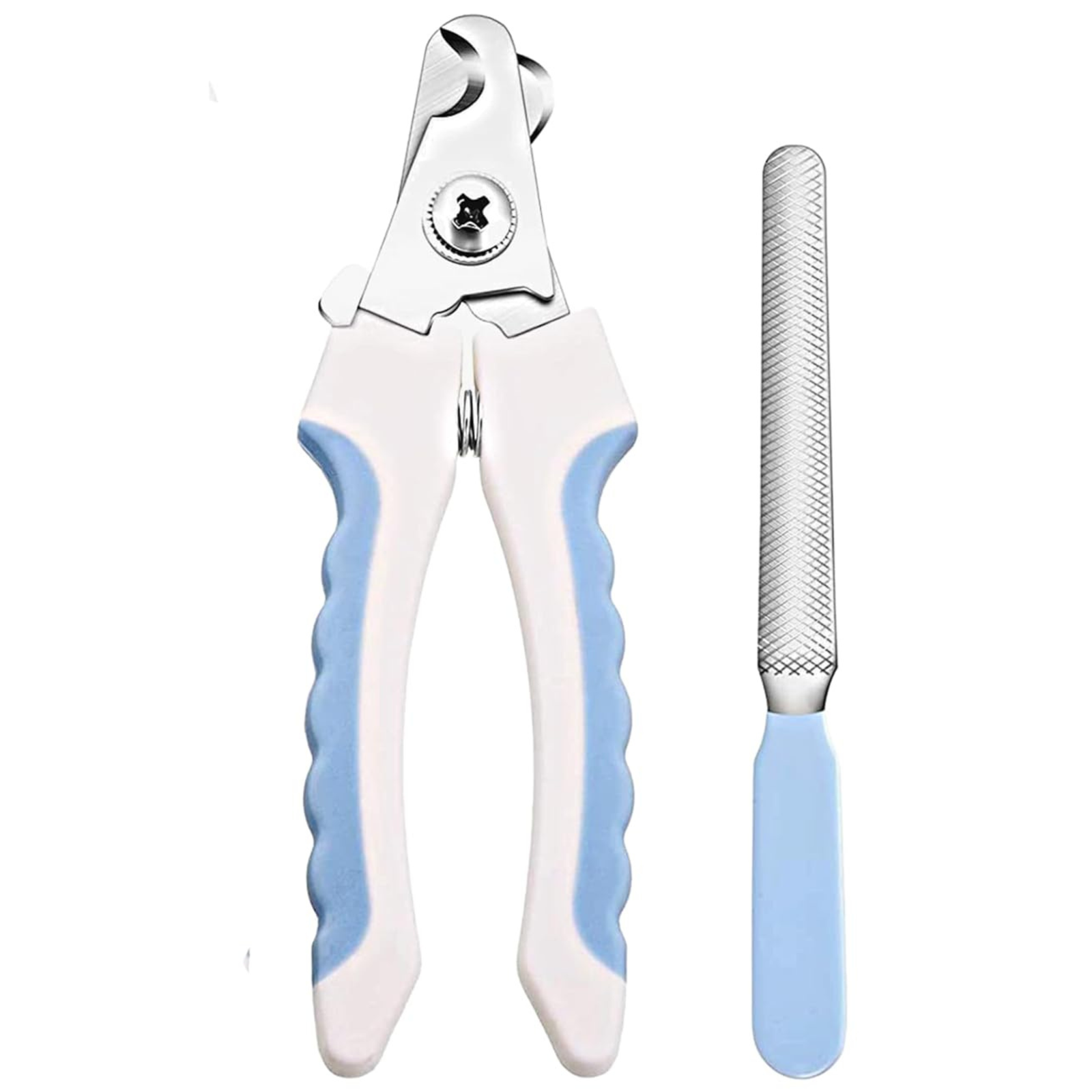
Long nails can cause discomfort, pain, and even mobility issues for your pet. Trimming their nails regularly helps prevent:
Use a pet-safe nail clipper or grinder and trim small sections at a time. Avoid cutting too close to the quick, which contains blood vessels. If unsure, consult a professional groomer or veterinarian.
Certain breeds, especially those with floppy ears, are more prone to ear infections due to trapped moisture and wax buildup. Clean your pet’s ears every few weeks using a vet-approved ear-cleaning solution:
Oral hygiene plays a crucial role in your pet’s overall health. Neglecting dental care can lead to bad breath, gum disease, tooth loss, and infections. To maintain good dental health:
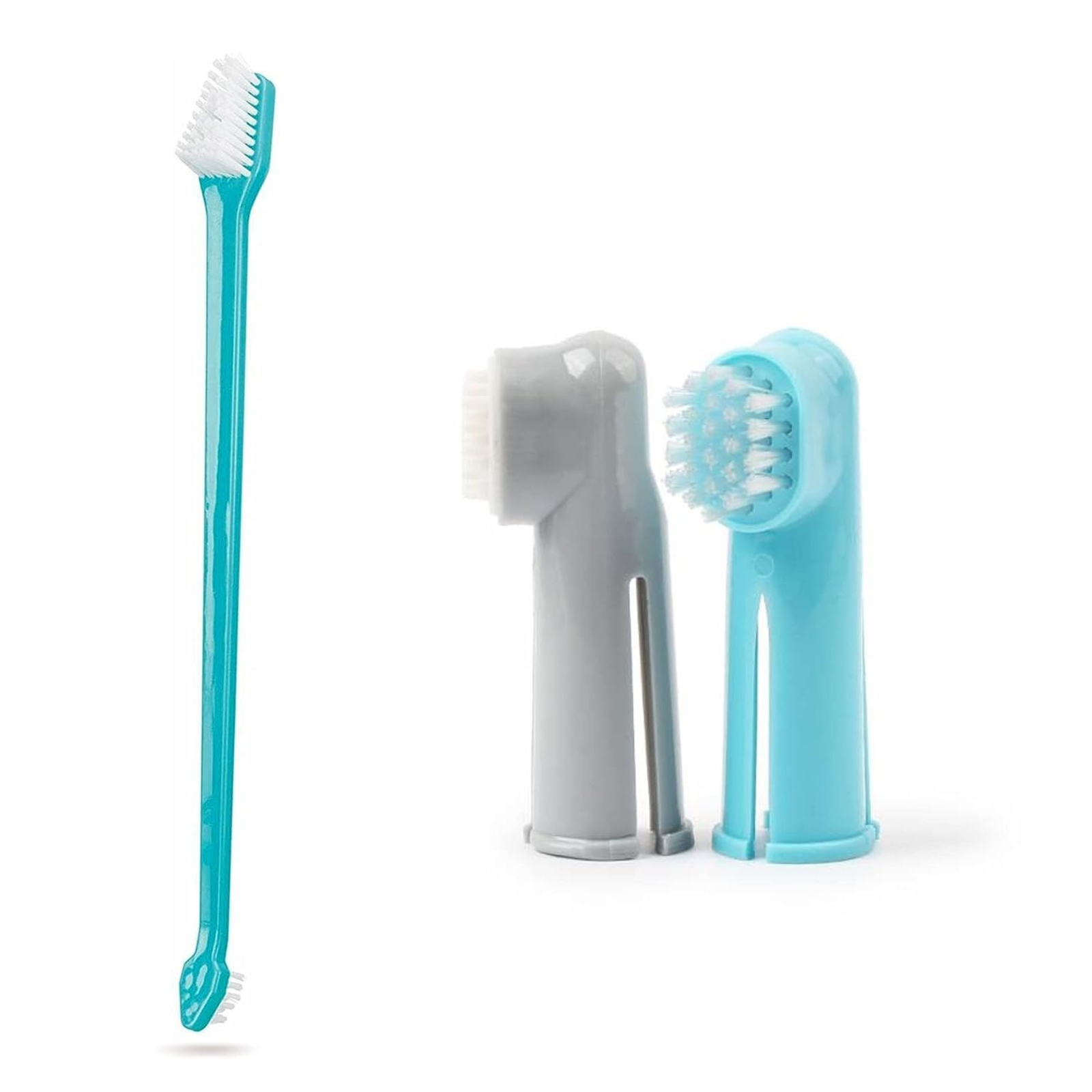
Shedding is a natural process, but excessive shedding may be caused by poor diet, stress, or underlying health issues. Here’s how you can minimize shedding:
If shedding seems excessive, consult a veterinarian to rule out potential skin conditions or allergies.
Read Also : Golden Retriever Grooming Tools: Keep Your Dog’s Coat Beautiful
The Ultimate DIY Pet Grooming Guide: Easy Tips for a Clean and Happy Pet
Long-haired pets often require trimming to keep their coat neat and prevent matting. Use rounded-tip grooming scissors to carefully trim fur around:
For complete haircuts, consider seeking professional grooming services, especially for thick or double-coated breeds that require specialized grooming.
Not all pets enjoy being groomed. Some may experience stress, fear, or restlessness during brushing, bathing, or nail trimming. Here’s how to create a positive grooming experience:
Maintaining a consistent grooming routine ensures your pet stays clean, healthy, and comfortable. Follow this general guideline:
Grooming is an essential part of your pet’s hygiene, comfort, and overall health. A well-groomed pet is happier, healthier, and more comfortable in their daily life. By following a consistent grooming schedule, using the right tools, and creating a stress-free experience, pet owners can ensure their furry companions look and feel their best.
Grooming frequency depends on breed and coat type. Short-haired pets need grooming weekly, while long-haired pets require daily care.
No, human shampoos can irritate a pet’s skin. Always use a pet-specific shampoo for safe and effective cleaning.
Use treats, positive reinforcement, and start with short sessions to build a positive association with grooming.
Trim your pet’s nails every 3-4 weeks to prevent overgrowth, pain, and mobility issues.
A healthy coat should be shiny, smooth, and free from bald spots, excessive dandruff, or irritation.

